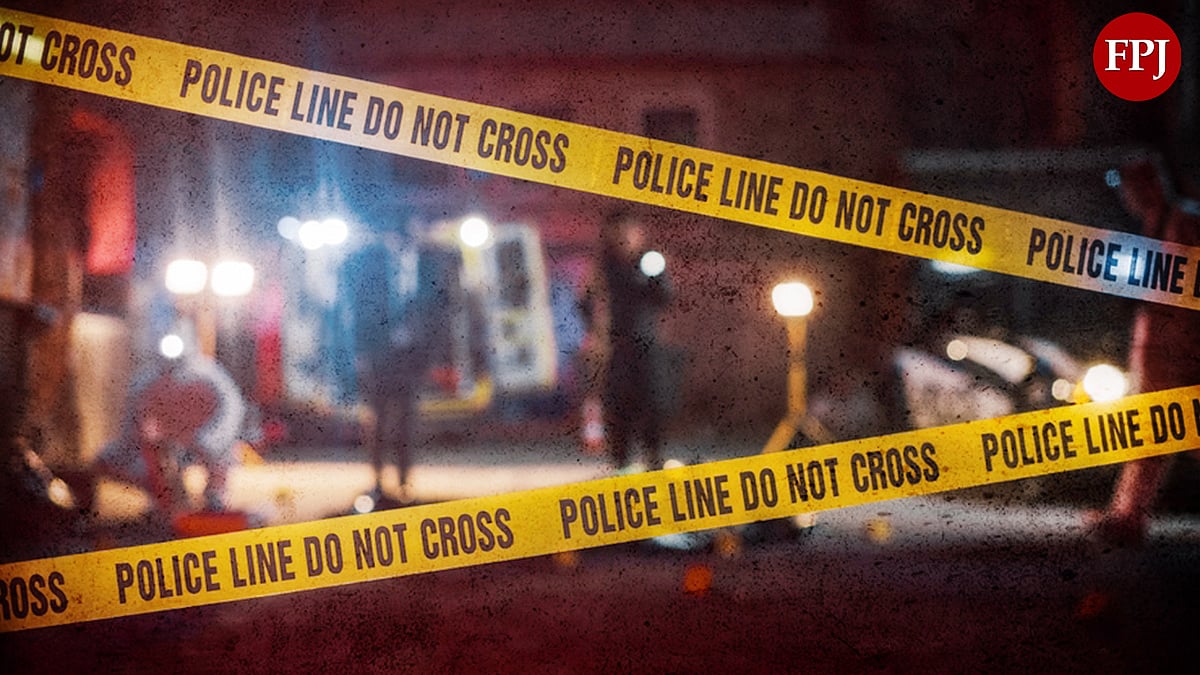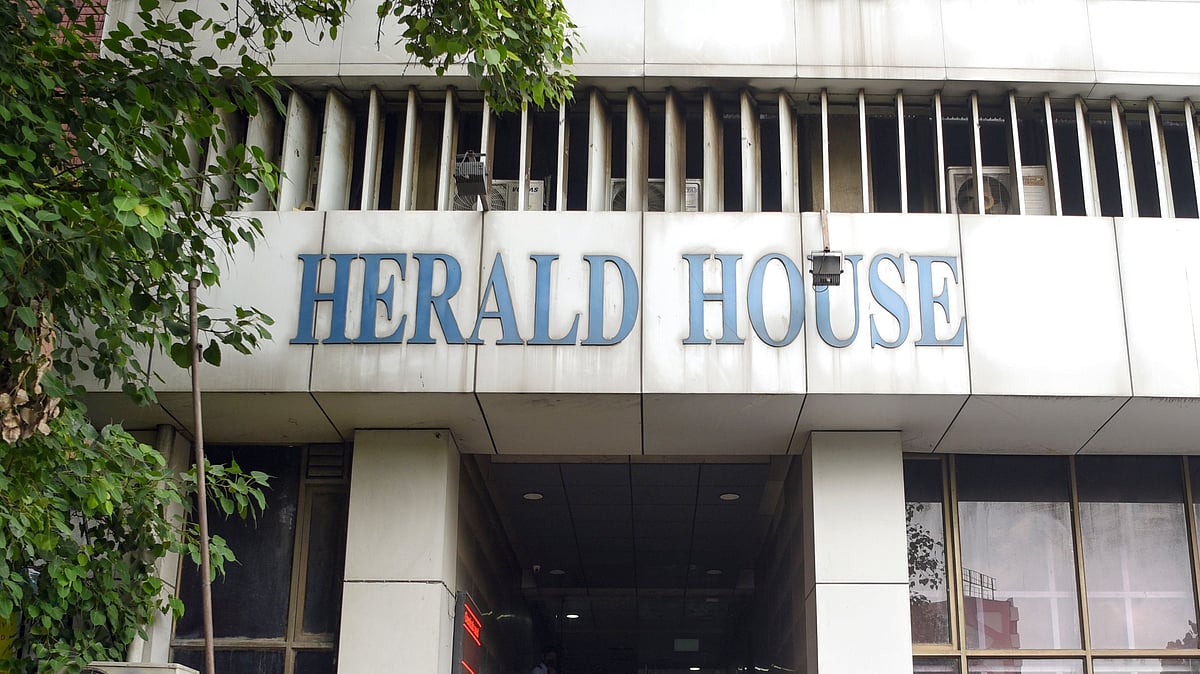The escalation of violence, with rockets and missiles clouding the West Asian skies shared by Israelis and Palestinians is nothing new. The latest round of violence between the two adversaries happened because the long and unresolved conflict between the two sides has been left to fester. It is an open wound in the heart of West Asia that has been left unhealed. It is why face-to-face violent confrontations keep escalating into rocket-firing, air strikes and deaths. Now that the 11-day intense fighting has ended after Israel and Hamas finally agreed to a ceasefire, it is important to look at the root cause of the intractable conflict and what caused the latest round of violence.
Twenty-seven days before the first rocket was fired from Gaza two weeks ago, a squad of Israeli police, according to reports, entered the Al-Aqsa Mosque in Jerusalem. It was the night of April 13, the first day of the Muslim holy month of Ramadan. It was also Memorial Day in Israel, which honours those who died fighting for the country. The police raid on the mosque, one of the holiest sites in Islam, was one of the several actions that led, less than a month later, to the sudden resumption of war between Israel and Hamas, the militant group that rules Gaza, and the outbreak of civil unrest between Arabs and Jews across Israel itself.
Turning point
The incident that took place in the Aqsa Mosque is said to be the turning point that led to the worst violence between Israelis and Palestinians in many years, not only in conflict with Hamas, but in a wave of mob attacks in mixed Arab-Jewish cities in Israel that killed many people in Gaza and in Israel. The latest round of violence and conflict, according to New York Times, came as the Israeli government led by Prime Minister Benjamin Netanyahu was struggling to survive, while the Hamas was seeking to expand its role within the Palestinian movement and a new generation of Palestinians was said to be asserting its own values and goals.
The conflict, according to experts, is also an outgrowth of years of blockade and restrictions in Gaza, decades of occupation in the West Bank and decades more of discrimination against the Arabs within the state of Israel. Thus, all the elements of conflict were in place and a trigger was needed, which was provided by the Aqsa mosque incident. Two months ago, no one in the Israel government or its military establishment had expected anything like this. It has been seven years since the last significant conflict with Hamas and 16 years since the last major Palestinian uprising, called the Intifada.
There was no major unrest in Palestine when President Donald Trump recognised Jerusalem as Israel’s capital in December 2017. There were also no major protests when four Arab nations normalised relations with Israel, against the long-held consensus that they would never do so until the Palestinian-Israeli conflict was resolved. In another year, the Aqsa mosque episode could have been probably forgotten. But in April, several factors, according to a report in New York Times, aligned that allowed the conflict to snowball into a major showdown – a resurgent sense of national identity among young Palestinians; the perceived need to placate an increasingly assertive far right in Israel that gave caretaker Prime Minister Netanyahu little room to calm the waters; and, a sudden political vacuum in Palestine, that could result in grass-roots protest which gave an opportunity to Hamas to flex its muscles.
Root cause
Of course, the root cause of the Israel-Palestine conflict is the denial of equality and statehood to Palestinians, which Israel has treated as a problem to be contained and not resolved. Just because the conflict has fallen out of international headlines in recent years does not mean that the problem does not exist, or it has been resolved. The issues, genuine grievances of the Palestinians and their demand for equality and statehood have not changed. As the conflict has been left festering for decades, bitterness and hatred that has been created because of generations of trouble and killing is just not going to go away by merely containing the conflict and by maintaining the status quo.
For more than a century, Jews and Arabs have struggled to lay their claim on the land between River Jordan and Mediterranean Sea. Since its contentious creation in 1948, Israel has inflicted a series of defeats on Palestinians, but it still cannot win the battle, because the question of statehood for Palestinians remains unaddressed and unresolved. As long as the conflict goes on, neither side can be secure, nor is there certainty that there will not be a serious and violent crisis every few years. This has been the case over the last 15 years, as confrontations have taken place across the wire separating Gaza and Israel.
If the Aqsa mosque episode was one trigger for violence, other triggers included the threats to evict the Palestinians from their homes in Sheikh Jarrah, a Palestinian neighborhood outside the walls of the Old City, with land and property claimed by Jewish settler groups in the Israeli courts. It is not a dispute over just handful of homes, but it comes after years of successive Israeli governments pursuing the strategic objective of making Jerusalem more Jewish, in violation of the international law. In recent years, according to reports, the Israeli government and settler groups have worked to settle Jewish Israelis in Palestinian areas near the walled Old City on a house-by-house basis. Therefore, like in the past, another set of events in the future could end up the same way.
Tenuous peace
The pounding of Gaza Strip over several days by hundreds of Israeli strikes from sea, land and air, while the enclave’s militant Hamas rulers fired hundreds of rockets into Israel is the fourth round of major conflict between Israel and Hamas since 2008. While the eruption of violence did raise the spectre of another devastating war, thankfully the conflict has come to an end after Israel and Hamas agreed to a truce brokered by the US, Egypt and Qatar, among others. But like the earlier rounds of fighting between Israel and Hamas, the truce is just a pause, as the conflict is not resolved. Therefore, the ceasefire will hold until it is tested by another crisis, which could be a rocket fired from Gaza, or more Israeli police violence towards Palestinians in Jerusalem or a threat of eviction of Palestinians from Sheikh Jarrah.
The explanation for the enduring conflict between Israel and Palestine differs based on who you speak to and what timeline one uses. But much of the blame should go to the West, which allowed a foreign state to be created in 1948 on a land which was populated with Palestinians, who obviously did not want to leave their land for other people. Since 1948, Israel has been expanding its boundaries far beyond what was originally envisaged. This lies at the root of the intractable Israel-Palestine conflict. Therefore, the only way to end the conflict is the two-state solution that envisages sovereign Palestine and Israel living side by side in peace.
The author is an independent senior journalist









